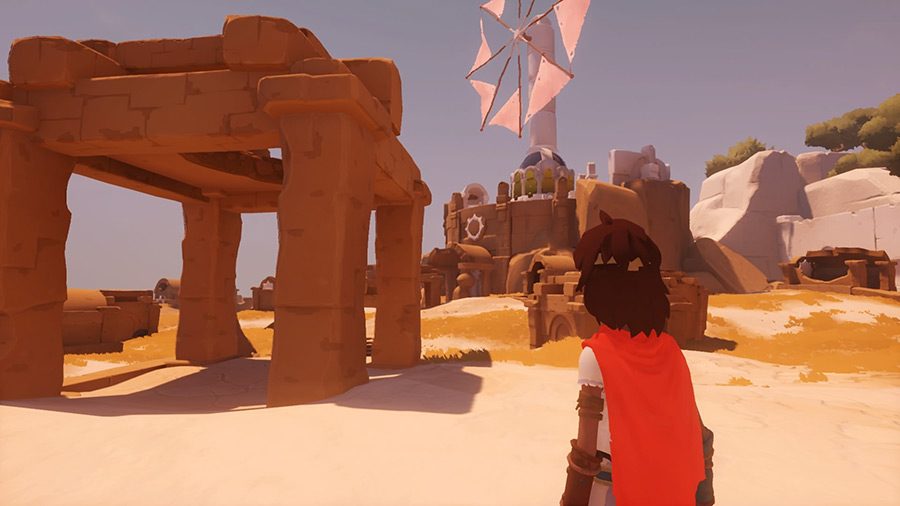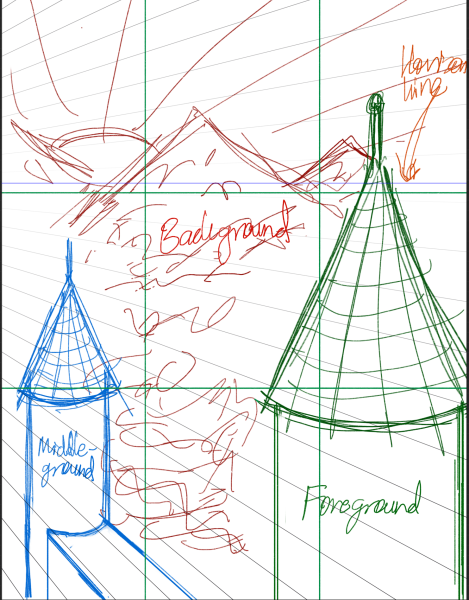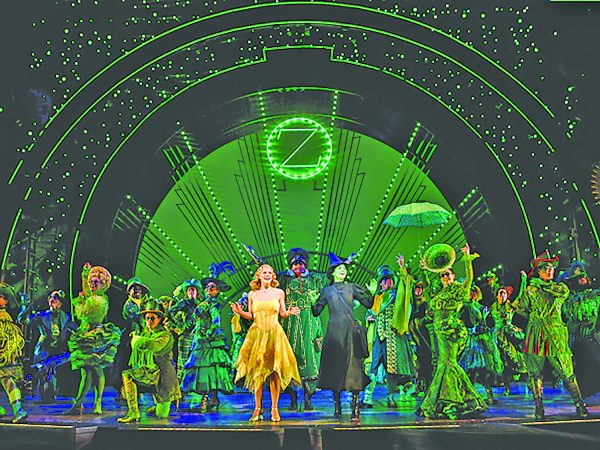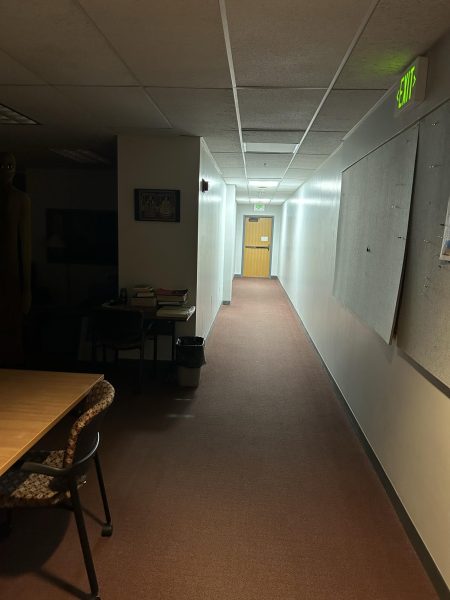“Rime” tackles grief with puzzles
Everyone loves a good, fast-paced, action-packed, multiplayer shooter. Who doesn’t have fond memories of staying up all night playing Team Deathmatch in “Halo” or spending hours fighting your way through Operations in “Battlefield 1”? But sometimes you need a game that’s slowed down a little, where you can relax and take in the scenery. That is exactly what I found when I downloaded “Rime.”
When it comes to gaming, everybody’s attention is drawn towards the newest, big action title, while small developers publish tons of games that gain nowhere near as much recognition.
I understand the lack of acknowledgement because small, indie developers generally don’t put out anything worth playing, but every once in a while you find a hidden treasure — a true diamond in the rough.
For me, this treasure was hidden in the PlayStation Plus free February games. “Rime” is a single player puzzle game developed by Tequila Works. This independent developer is based overseas in Madrid, Spain, and was founded in 2009 by Raúl Rubio Munárriz and Luz Sancho Rodríguez.
The company is composed of former employees from well-known companies including Blizzard Entertainment and Sony Computer Entertainment. Tequila Works made a name for themselves with the release of their first game, “Deadlight,” in 2012. It featured a side-scrolling, cinematic horror experience as you free climb through a zombie infested city.
“Deadlight” was my first glimpse of Tequila Works’ potential. Unfortunately, the gameplay quickly became repetitive and the story was pretty cliché, but it drew me in after my first few encounters with newly-made friends dying. Even as a side-scroller, “Deadlight” managed to scare me into dropping my controller a few times.
With this in my mind, I started Tequila Works’ third release, “Rime,” which follows the tale of a shipwrecked boy exploring a strange island with a large tower. “Rime” gives players an open world, both above and below the water, to explore while searching for statues and doors to open new areas. You only have basic controls of the boy, like walking, jumping and moving objects. You can also sing or shout at statues for magical events to happen.
Doors are used throughout the game to serve as the gateway to the next level and always require you to solve a puzzle. Due to the simple nature of the game, the puzzles seem easy, but I’ve spent far too long sitting outside a door completely dumbfounded, just to find out all I had to do was pull a stone block five more feet to the left and the door would magically pop open.
After countless hours of getting frustrated over simple puzzles, I began to realize that “Rime” had a lot more to offer in its storytelling than its gameplay. Without the use of a spoken narrative, “Rime” tells a heartfelt story about suffering through the five stages of grief. Each stage — denial, anger, bargaining, depression and acceptance — is represented by each floor of the tower found on the strange island.
“Rime” gives you control over a boy who is slowly bringing himself to deal with the death of his father during the shipwreck. The game’s use of vibrant colors and pastel backdrops clashing with a dark, intrusive presence sets a desolate tone even during the lighthearted portions of the game.
It’s easy to tell that the creator of “Rime” knew this feeling and he conveyed it perfectly through this game’s artistic style and indirect storytelling. What I find to be truly amazing about this game is that it was dreamed up by a drowning man.
Munárriz, CEO and co-founder of Tequila Works, said in an interview with Polygon that he first came upon the idea for “Rime” while he was drowning in the Mediterranean Sea. He was saved shortly after by his girlfriend’s brother. He recounts his memories during his time beneath the water and said that, surprisingly, he accepted death quite easily. He was thinking more about the loss of his family. He poured these emotions and his entire experience into the story of “Rime,” and that makes the game even more meaningful as you learn more about who your character is and what occurred during the shipwreck.
With no other humans in the games, I quickly began to feel the isolation that Munárriz was shooting for. You are forced to take a slow, relaxing journey across the island as you anxiously try to fit together the story in your head. It seems impossible to anxiously take a relaxing stroll, but “Rime” somehow manages to fill a beautiful, scenic area with a terrifying fear of what’s ahead.
If you’re looking for an emotional joyride and becoming overly attached to animals when you know the story is only getting darker, then “Rime” would suit you perfectly.






